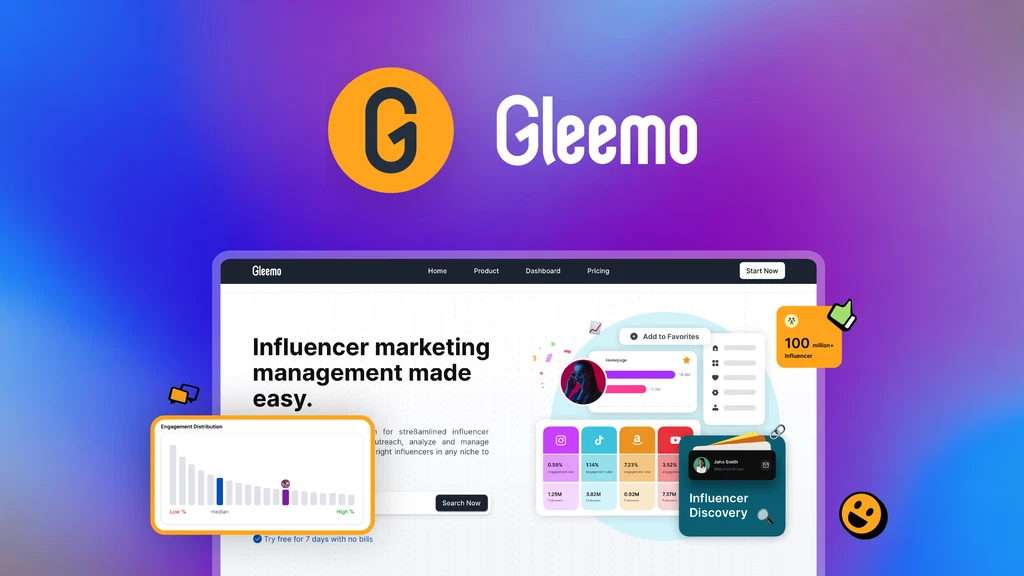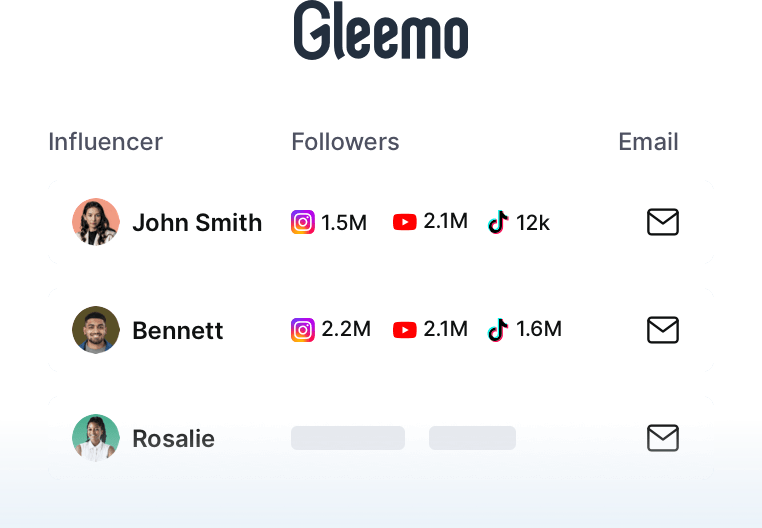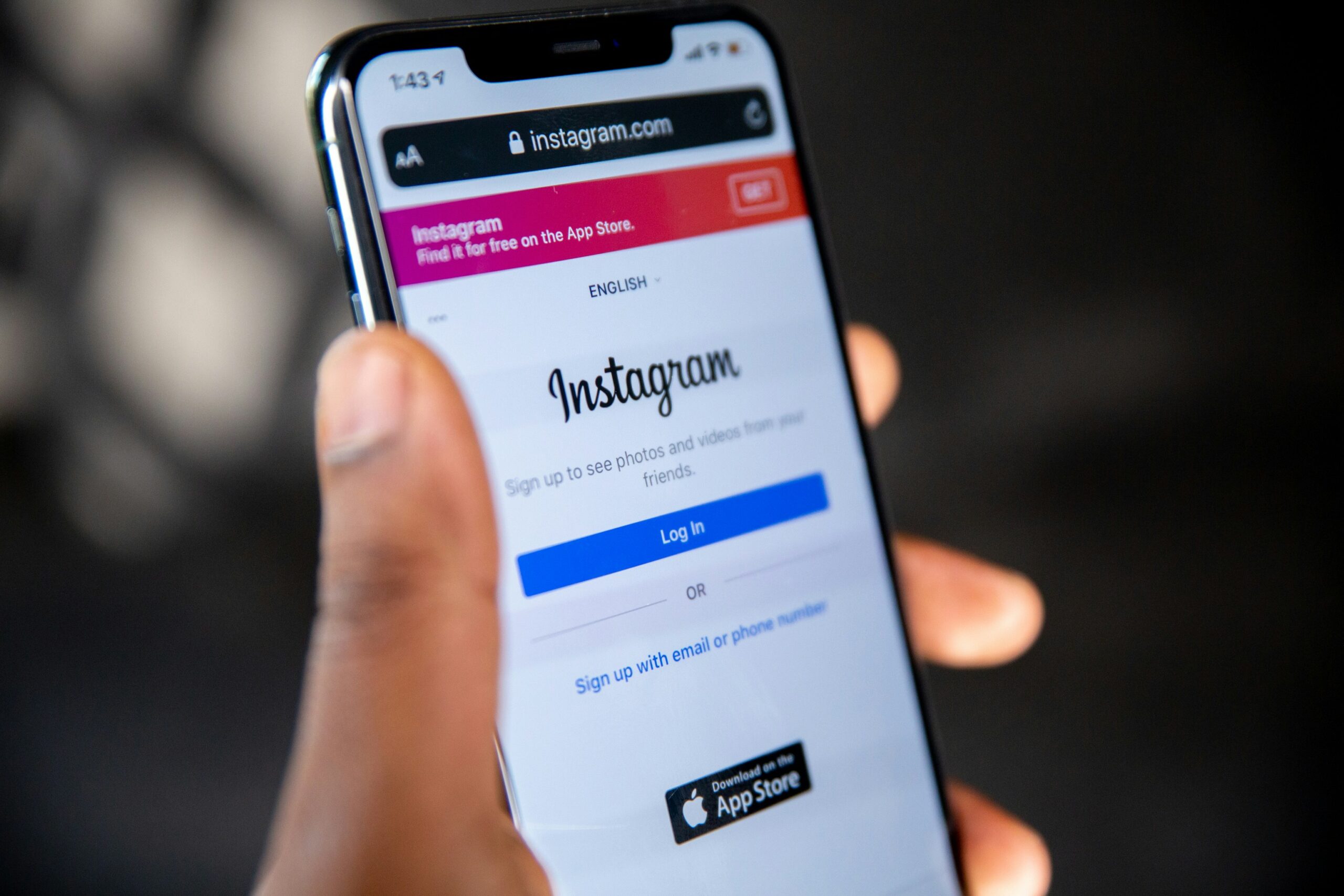Building a strong brand today takes more than ads or one-time influencer campaigns. Customers want to hear from real people they trust. This is where a brand ambassador can help.
A brand ambassador is someone who represents your brand over time, sharing your products and values with their community. In this guide, we explain what a brand ambassador is, the different types, and how to set up a successful program for your business.
What is a Brand Ambassador?

A brand ambassador is a person who partners with a brand to represent it authentically to their network. They aren’t just paid models or spokespeople; they are individuals who are genuinely passionate about your products or mission. Think of them as the living, breathing face of your brand, sharing their positive experiences in a way that feels personal and sincere.
Brand ambassadors can include:
- Loyal customers who actively share their experiences and recommend products.
- Employees who represent the brand in their networks.
- Industry experts or micro-influencers whose values align with the brand.
- Community leaders or advocates who influence small, targeted groups.
The main role of a brand ambassador is to create authentic engagement, drive awareness, and strengthen brand trust over time.
Brand Ambassador vs. Influencer
While both ambassadors and influencers promote products, their roles and relationships with a brand are fundamentally different. Understanding this distinction is key to choosing the right partner for your marketing goals.
| Criteria | Influencers | Brand Ambassadors |
| Partnership Length | Short-term campaigns or one-off posts | Long-term relationships (months/years) |
| Brand Affiliation | May work with multiple brands simultaneously | Usually loyal to one or a few selected brands |
| Content Style | Creative, trend-driven, highly polished | Natural, authentic, integrated into daily life |
| Audience Perception | Seen as trendsetters but sometimes transactional | Seen as authentic advocates |
| Compensation | Paid per post, collaboration, or campaign | May receive a salary, long-term perks, or products |
| Primary Value | Boosting visibility and engagement | Building trust, loyalty, and long-term community |
👉 Key takeaway: Influencers create reach, but brand ambassadors build trust.
Benefits of a Brand Ambassador Program
A well-planned brand ambassador program offers benefits that can transform your marketing strategy.
- Enhanced brand credibility: Recommendations from real users or trusted community members carry more weight than advertisements.
- Long-term customer loyalty: Ambassadors foster deeper relationships that keep customers engaged over time.
- Cost-effective marketing: Compared to paid campaigns, ambassador programs often provide a higher return on investment.
- Consistent messaging: Ambassadors understand the brand’s voice and values, ensuring consistent communication.
- Community growth: Ambassadors help build communities around the brand, encouraging repeat engagement and referrals.
Types of Brand Ambassadors
Building a strong brand relies on authentic advocacy, and while the term “brand ambassador” is often used broadly, it actually includes a range of different profiles. Each type of brand ambassador offers unique benefits and is suited for different marketing goals. Understanding these profiles is key to creating a diverse and effective ambassador program
The Customer Ambassador
These are your most loyal and enthusiastic customers. They genuinely love your products and are happy to share their positive experiences with their friends, family, and social networks.
Who they are: Real users who are passionate about the brand.
What they do: Share authentic reviews, tutorials, testimonials, and user-generated content on their personal social media accounts. Their recommendations are seen as genuine and trustworthy because they are not primarily motivated by payment.
Example: Starbucks Rewards members often act as unpaid ambassadors by posting their favorite drinks on Instagram or TikTok. Starbucks boosts this effect through user-generated content campaigns like #redcupcontest.

The Employee Ambassador
Your employees are an often-overlooked but incredibly powerful group of ambassadors. They have firsthand knowledge of your company’s mission, culture, and products.
Who they are: Staff members who are proud of where they work.
What they do: They share company news, give behind-the-scenes looks at the business, and showcase a positive company culture on their personal professional networks (like LinkedIn) or social media. They humanize the brand and show its internal values.
Example: Adobe’s employee advocacy program encourages staff to share company news on social media. Adobe reports higher engagement and credibility because messages come from employees rather than corporate accounts.

The Influencer Ambassador
This type of ambassador is a professional content creator with a loyal audience in a specific niche. When an influencer enters a long-term partnership with a brand, they shift from being a one-time promoter to becoming a dedicated brand ambassador.
Who they are: Micro-influencers, bloggers, or social media experts who are seen as authorities in their field.
What they do: They create high-quality, engaging content that aligns with the brand’s aesthetic. They bring both credibility and a wide, targeted reach to the partnership. They are compensated for their work, but their long-term commitment makes the relationship feel more authentic than a single sponsored post.
Example: Fashion Nova has a long-standing partnership with countless influencers on Instagram. Instead of a single post, these influencers wear and promote the brand’s clothing regularly over a long period. This consistent presence creates a stronger association between the influencer and the brand.

The Niche Expert Ambassador
These niche expert ambassadors are recognized authorities in a field related to your brand. They might be a professional, such as a doctor, a personal trainer, or a stylist, who can provide expert validation for your products.
Who they are: Individuals with specialized knowledge and credibility.
What they do: They educate their audience on the technical benefits or specific use cases of your products. Their endorsement is trusted because it is based on expertise and professional opinion, not just personal preference.
Example: Nike has long worked with professional athletes. These athletes, from Serena Williams to LeBron James, serve as ambassadors. They don’t just wear the products; they validate their performance and technology in their specific sport, lending credibility and authority to the brand.

The Community Ambassador
These ambassadors specialize in in-person or online community engagement. They are people who lead groups or interest communities relevant to the brand.
Who they are: Individuals who are great at fostering a sense of belonging in a specific group.
What they do: They host local meetups, manage online forums, or lead group activities that bring people together around a shared interest. They help build a loyal, engaged audience in a specific niche.
Example: Red Bull has a program where they hire students as “Student Marketeers” to be brand ambassadors on their college campuses. These students are active in campus life and help organize events, distribute products, and build the Red Bull brand within their community. This approach is highly effective in building a grassroots presence.

7 Tips to Build a Successful Brand Ambassador Program
A brand ambassador program is a powerful way to turn your most passionate fans into a dedicated marketing team. Building a successful program requires a clear strategy and a personal touch. Here is a step-by-step guide to help you create a program that drives long-term growth and loyalty.
1. Define Your Goals and Metrics
Before starting, clarify what you want to achieve with your brand ambassador program. Goals can vary, but common ones include:
- Increasing brand awareness (e.g., more social media mentions or website traffic)
- Driving sales (e.g., tracking ambassador-specific discount codes)
- Boosting customer loyalty (e.g., encouraging repeat purchases)
- Expanding into new audiences (e.g., reaching a niche demographic)
Once your goals are set, choose metrics to measure success. For example, if your goal is to drive sales, track conversion rates from ambassador links. If awareness is key, monitor the number of brand hashtags used or new followers gained. Having clear metrics helps you adjust your strategy later.
2. Identify Your Ideal Brand Ambassador Profile
Not all ambassadors will fit your brand. Create a profile of your ideal candidate based on:
- Audience alignment: Do their followers match your target customers? For example, if you sell fitness gear, an ambassador with a health-focused audience makes sense.
- Brand values: Are their beliefs and behaviors consistent with your brand? A brand focused on sustainability should partner with ambassadors who prioritize eco-friendly living.
- Engagement quality: Look for ambassadors with active, loyal followers—even if their audience is small. A 10% engagement rate (likes, comments) on posts is more valuable than a 1% rate from a larger following.
- Content style: Does their content (videos, photos, writing) match your brand’s tone? A playful brand might not fit with an ambassador who posts formal, serious content.
3. Structure Your Program Clearly
A strong structure keeps everyone on the same page and ensures the program runs smoothly.
- Set clear expectations: Clearly define what the ambassador needs to do, such as the number of posts, types of content, or attendance at events.
- Offer fair compensation: Compensation is key. It can include free products, exclusive discounts, a commission on sales, or a flat fee. Be transparent and fair.
- Provide excellent resources: Give your ambassadors the tools they need to succeed. This can include high-quality product photos, content ideas, a clear brand guide, and a dedicated contact person for support.
4. Provide the Right Tools
Make it easy for your ambassadors to create great content. Give them a media kit with high-quality photos, brand logos, and a clear brand guide. Provide content ideas and talking points, but don’t be too strict. Giving them creative freedom ensures their content feels authentic to their own audience, which is key to success.
5. Build a Community, Not a Roster
The best programs create a sense of belonging. Set up a private group chat (like on Slack or Discord) where ambassadors can connect with each other and your team. Share brand news, celebrate their wins, and ask for their feedback. When ambassadors feel like part of a team, they’re more likely to stay engaged and passionate.
6. Nurture the Relationship
Regular communication is vital. Don’t just contact your ambassadors when you need a post. Check in with them personally, ask how they’re doing, and listen to their ideas. A strong relationship based on mutual respect will make them feel valued and invested in your brand’s success.
7. Track and Optimize
To know if your program is working, you have to track it. Use unique discount codes, custom tracking links, or specialized campaign tarcking software to monitor sales, website traffic, and engagement from each ambassador. Review your data regularly to see what’s working and what isn’t. Use these insights to optimize your program and find new ways to help your ambassadors succeed.
How Gleemo Helps You Find and Recruit Ambassadors
Gleemo is designed to simplify the entire ambassador sourcing and onboarding process:
| Step | How Gleemo Helps |
| Discover Candidates | Uses data-driven search to surface passionate fans and micro-influencers matching your brand values |
| Application Tracking | Centralizes incoming applications and keeps candidate profiles organized |
| Personalized Outreach | Enables direct, tailored communication with top ambassador prospects |
| Performance Monitoring | Tracks engagement and referral metrics to help assess fit and impact |
By integrating Gleemo into your recruitment workflow, you can effectively combine inbound interest with targeted outbound outreach, streamline the review of applications, and track performance—making your ambassador program scalable and efficient.
Start Your Brand Ambassador Program With Gleemo

A brand ambassador program is more than a marketing campaign—it’s a long-term investment in people who believe in your brand. By defining goals, choosing the right ambassadors, creating a structured program, and tracking results, you can turn loyal advocates into one of your most powerful growth channels.
If you’re ready to streamline your ambassador campaigns, tools like Gleemo
can help you discover, manage, and measure your brand partnerships more effectively.
Frequently Asked Questions
What does a brand ambassador do?
A brand ambassador promotes a company by sharing its products or services with their audience. This can include posting on social media, attending events, creating user-generated content, or simply spreading positive word-of-mouth. Their main role is to build trust and strengthen the relationship between the brand and potential customers.
Do brand ambassadors get paid?
Yes, many brand ambassadors receive compensation, but the form of payment varies. Some programs offer free products, discounts, or early access to new releases. Others provide commissions on sales through affiliate links, or even fixed monthly payments for long-term partnerships.
Who can become a brand ambassador?
Anyone who is genuinely passionate about a brand can become an ambassador. This includes loyal customers, employees, micro-influencers, or even community leaders. Brands often look for people who align with their values, have authentic engagement with their audience, and are willing to represent the company over time.





